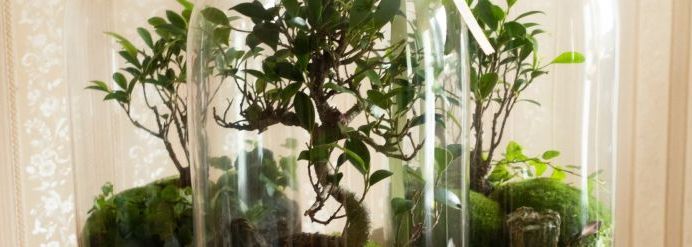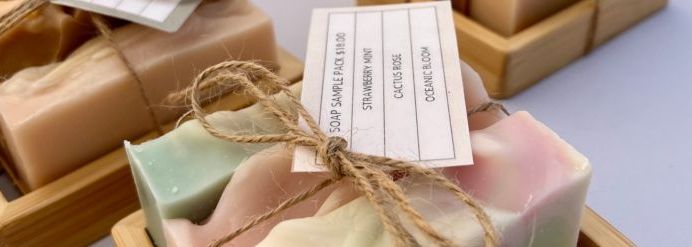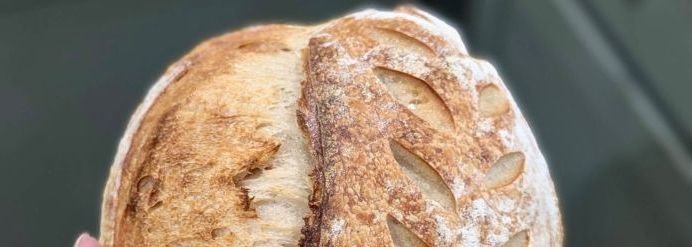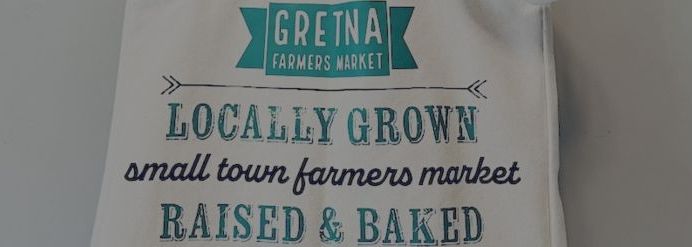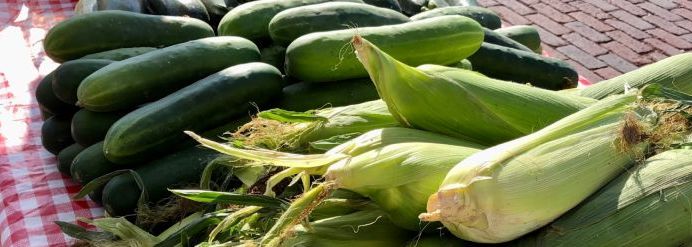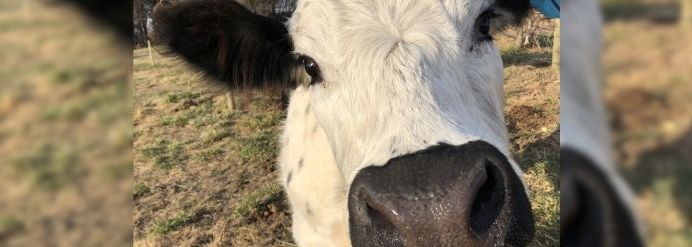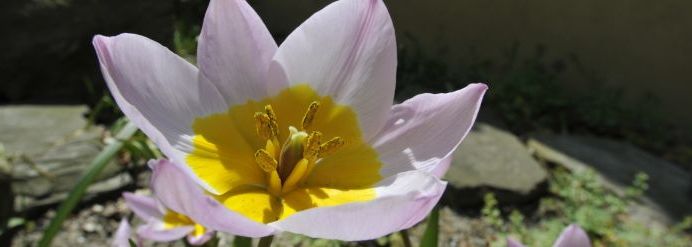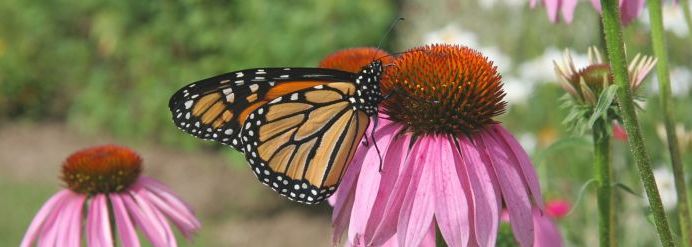Creating a mini ecosystem in a jar is a beautiful way to bring a little piece of nature indoors. A self-sustaining terrarium mimics a natural ecosystem, complete with plants, soil, and a water cycle. Here’s how to make your own self-sustaining mini-ecosystem in a jar with local goods!
What you’ll need
Before you start, gather the following materials:
- A clean, clear glass jar with a lid (mason jars work well if you’re going for a miniature terrarium)
- Small pebbles or aquarium gravel
- Activated charcoal (found in pet or garden stores)
- Potting or aquarium soil
- Small plants (ferns, moss, or small tropical plants work best)
- A spray bottle with water
- Decorative elements (optional, like small stones, figurines, or shells)
- Optional: dart frogs, vampire crabs, or isopods (if you want a living animal)
Step-by-step instructions
Prepare the jar
Clean your jar thoroughly to remove contaminants that might harm your ecosystem. Then, let it dry completely before starting.
Create a drainage layer
Start by adding a layer of pebbles or gravel to the bottom of the jar. This will act as a drainage layer to prevent water from pooling around the plant roots and causing rot. Aim for about 1–2 inches of pebbles, depending on the size of your jar.
Add activated charcoal
Sprinkle a thin layer of activated charcoal on top of the pebbles. The charcoal helps to filter the air and water within the jar, keeping your mini ecosystem fresh and free from odors.
Layer in the soil
Next, add a layer of potting or aquarium soil, depending on the purpose of the terrarium. This should be deep enough to support the plants, about 2–3 inches. Smooth it out gently, but don’t pack it down too tightly.
Plant your ecosystem
Choose small plants that thrive in high-humidity environments, such as mosses, ferns, or tropical plants. Remove excess soil from their roots and carefully plant them in the soil layer. Arrange them in a way that looks natural, leaving enough space for them to grow.
Add water
Lightly mist the soil and plants with water using the spray bottle. Be careful not to overwater—just enough to dampen the soil is sufficient. The closed jar will create its own water cycle, so too much water can lead to mold or root rot.
Optional: add any living animals
For a dynamic mini ecosystem, you can include small, compatible animals like:
Vampire crabs
These colorful crabs thrive in humid environments with water access and mossy terrain.
Dart frogs
For larger jars, dart frogs can add vibrant life, but they require precise care, including proper humidity and ventilation.
Isopods
Often used in terrariums, these tiny creatures help break down organic material, keeping your ecosystem clean and balanced.
Seal the jar
Once everything is in place, seal the jar with its lid. This will trap moisture and create a self-sustaining environment. Place the jar in indirect sunlight; too much direct light can overheat the ecosystem.
How it works
The mini ecosystem works through natural processes:
Photosynthesis
Plants produce oxygen and sugars using light.
The water cycle
Water evaporates, condenses on the jar walls, and returns to the soil.
Decomposition
Organic material breaks down, releasing nutrients for the plants.
Care and observation
Check your jar periodically. If it looks too dry, mist it lightly, but otherwise, let nature do its work. Watching your mini ecosystem thrive is a great way to learn about biology, ecology, and the interconnectedness of life. Remember to apply any special care to the animals living inside if you choose to add them.
Create your own ecosystem with local goods
Now, it’s your turn to create your little slice of nature. If you’re at a loss for where to find things for your terrarium, try going for a nature walk and picking up little sticks or chunks of moss along the way. There are plenty of local goods for your terrarium to succeed!




